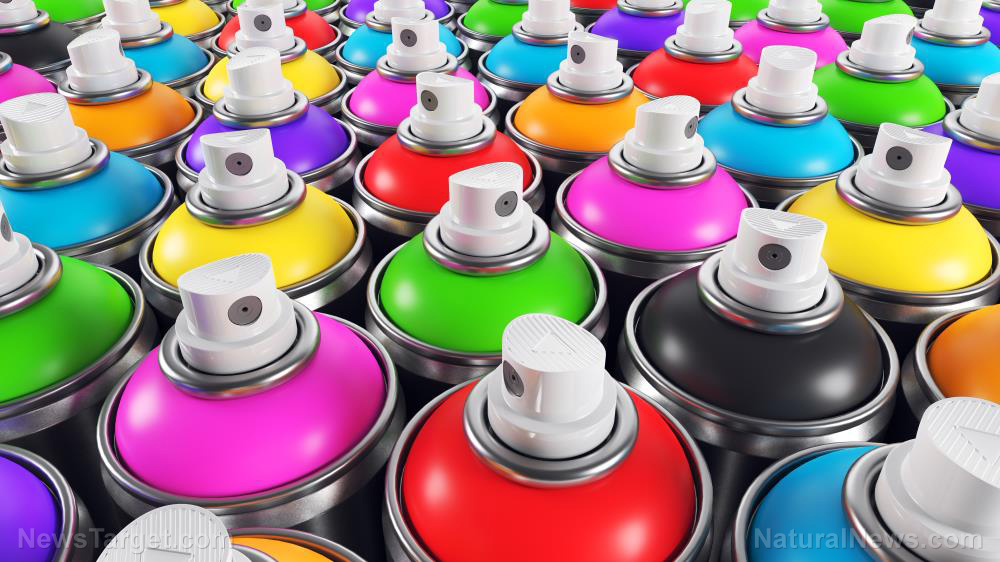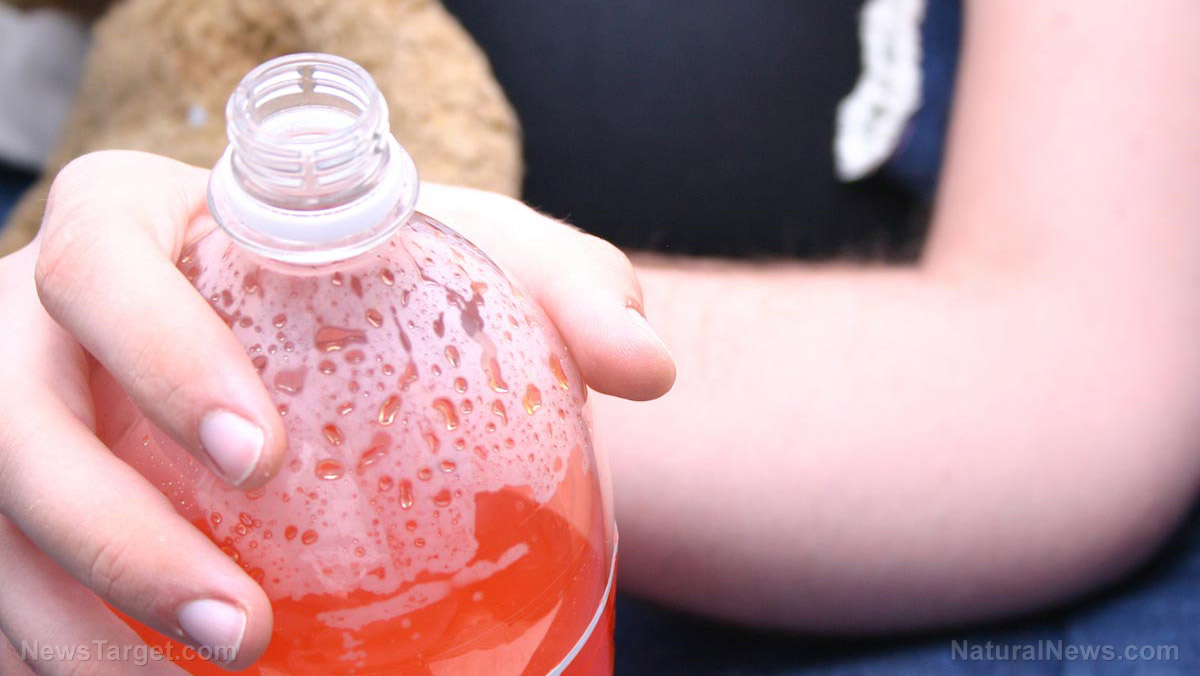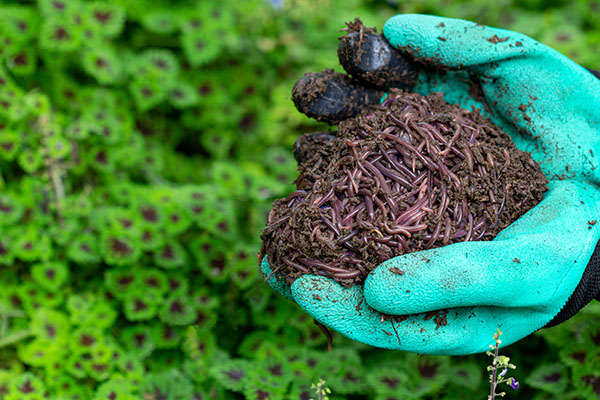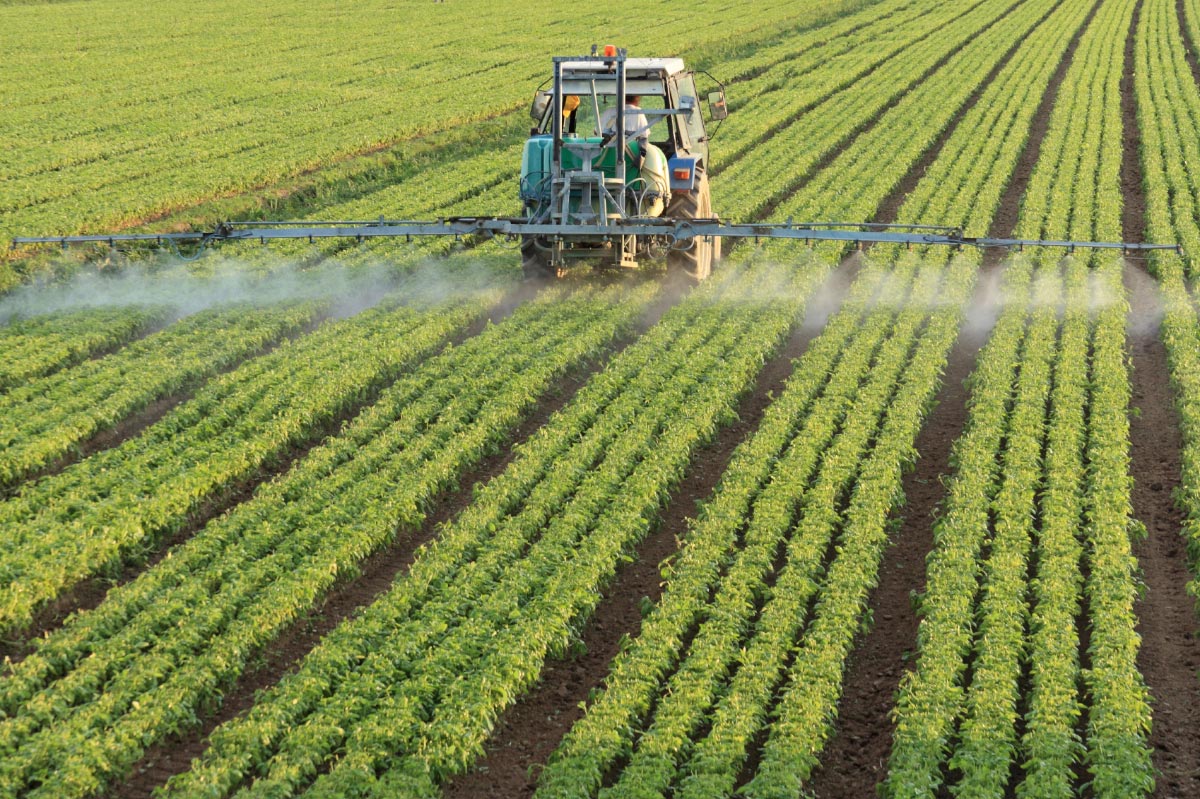Living with toxic VOCs (and SCCPs) in your home
05/22/2023 / By Olivia Cook

Volatile organic compounds (VOCs) are a group of compounds that can easily form gases. These are hazardous chemicals found in the air that can affect your health with short-term sensitization (allergic reactions) and/or cancer through long-term exposure.
The American Lung Association explains that VOCs can be found in the air indoors and outdoors. Some of these sources continue to produce VOCs when they are stored or transported. Some of the more familiar VOCs include benzene, formaldehyde and toluene.
Indoor sources can include:
- Activities – arts and craft products (glues, permanent markers and others), dry-cleaning clothing, office printers and photocopiers, tobacco smoking, wood-burning stoves
- Building materials – adhesives; caulks and sealants; carpet, flooring, pressed wood products
- Home and personal care products – aerosol sprays (air fresheners), cleaners and disinfectants, cosmetics and deodorants, fuel oil, gasoline, furniture, pesticides
Outdoor sources include diesel emissions, gasoline, oil and gas extraction and processing, industrial emissions and wood burning.
Short-term exposure to high levels of some VOCs can cause headaches, dizziness, light-headedness, drowsiness, nausea, and eye and respiratory irritation. These effects usually go away after the exposure stops. In laboratory animals, long-term exposure to high levels of some VOCs has caused cancer and affected the liver, kidney and nervous system.
Details on the specific health effects of each specific VOC can be found in the Agency for Toxic Substances and Disease Registry Toxic Substances Portal.
To protect yourself and your family from VOCs, the ALA recommends the following:
Avoid or limit the use of products with high VOCs
Use products that are low in VOCs, including some sources like paints and building supplies. Look for “Low VOCs” information on the label.
Use a different approach that reduces the need for products that contain VOCs. For example, integrated pest management can help eliminate or greatly reduce the use of pesticides.
Buy only as much as you need for the project. Dispose of any leftover or unused products safely.
Always follow the manufacturer’s directions when using these products.
Don’t smoke and keep all buildings smoke-free. Tobacco smoke contains VOCs among other carcinogens.
Add ventilation when you use products with VOCs indoors
Open windows and add a fan to pull the indoor air outside while you’re using products with high VOCs. Increasing the amount of fresh air in your home will help reduce the concentration of VOCs indoors.
Let new carpet or new building products air outside to release VOCs before installing them.
Don’t store products with VOCs indoors, including in garages connected to the building.
Make sure your office or school ventilation systems are working effectively to reduce VOCs produced by printers or copiers.
If SCCPs are banned, how are they still so present in our everyday products as well?
A study published in the journal Environmental Science: Processes & Impacts reported that short-chain chlorinated paraffins (SCCPs), a group of chemicals that potentially cause cancer in humans, have been discovered and are still widely present in household goods despite bans on the chemicals. (Related: Beware of these common household items that cause cancer.)
According to a study published in the journal Science of the Total Environment, more than a million tons of chlorinated paraffins are still produced each year – suggesting that chemical regulation against SCCPs has not been entirely effective.
A study published in the journal Environmental Science and Pollution Research International reported that even in countries like Canada, where the chemicals have been prohibited, SCCPs have been detected in dust, prompting researchers to look for an indoor source of the chemicals. They are persistent chemicals, meaning they don’t degrade in the environment and accumulate in animals. Chlorinated paraffins have been detected in various wildlife and in human milk and blood.
Hui Peng, a professor of environmental chemistry, and his team collected 96 indoor products, including electronics, plastic toys, personal care products, and furniture from Toronto stores and homes. They found SCCPs in 88 percent of the products, with the highest concentration of the chemicals found in the outer plastic coatings of two electronic devices – one of which was earbud wires.
The researchers also found high concentrations of SCCPs in children’s plastic toys, including baby chew toys and foam toys, and in toy packaging. All the toys had been purchased in 2019, a full seven years after the prohibition of the use and importation of SCCPs in Canada.
The discovery of high concentrations of SCCPs in toys is especially concerning for children, given that persistent chemicals are particularly dangerous in a child’s developmental stage, and that children may be more at risk of SCCP exposure via their hands and mouths coming into contact with toys, said the researchers.
Watch the following video to learn about toxic household products you should banish from your home.
This video is from the Daily Videos channel on Brighteon.com.
More related stories:
What are VOCs and how do they affect your health?
These common, everyday household items are DAMAGING your health.
Is hair color worth dying for?
Sources include:
Submit a correction >>
Tagged Under:
bad cancer, carcinogens, disease causes, environment, health, poison, research, SCCPs, toxic chemicals, toxins, Unexplained, VOCs
This article may contain statements that reflect the opinion of the author
RECENT NEWS & ARTICLES
COPYRIGHT © 2017 POISON NEWS




















